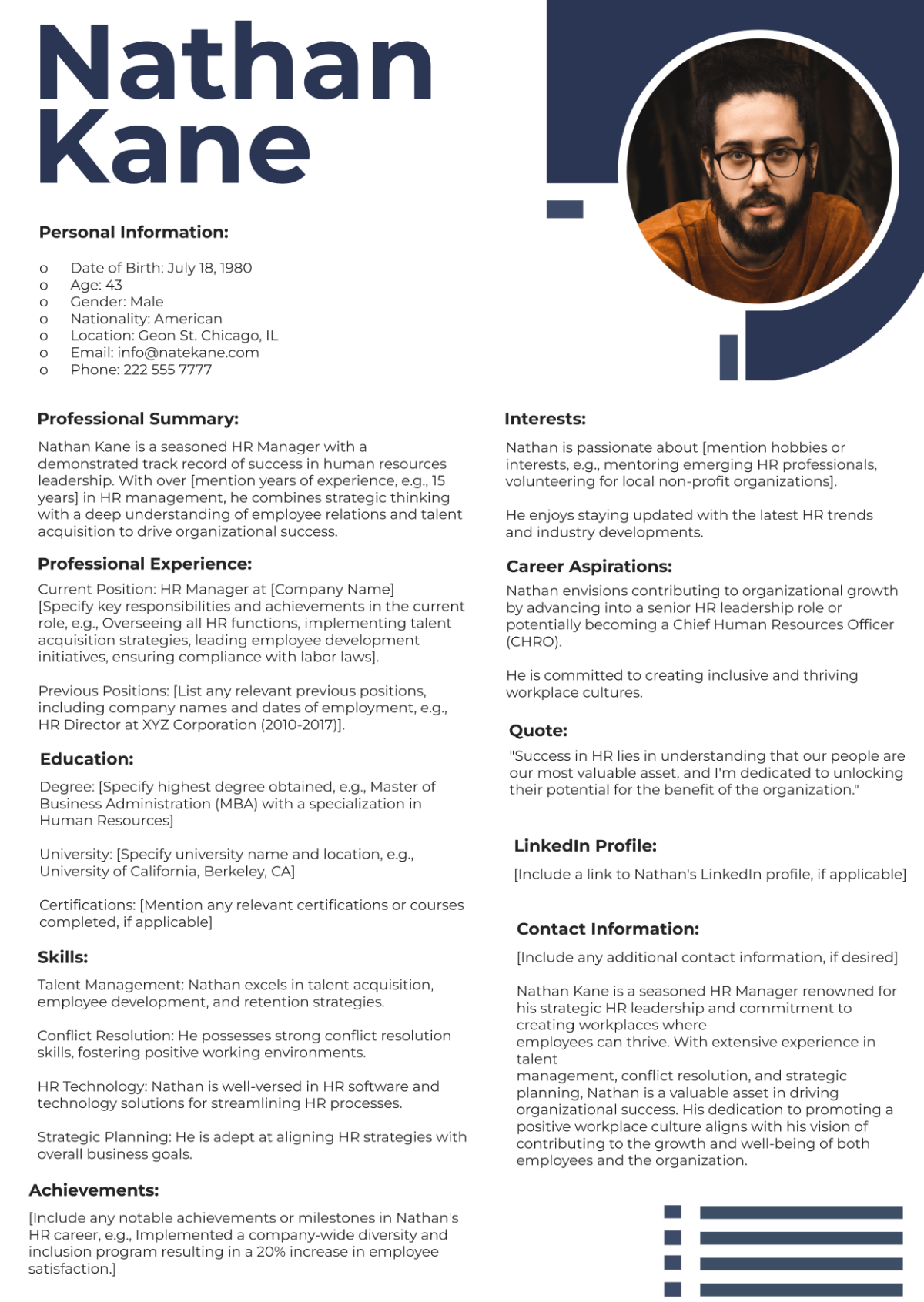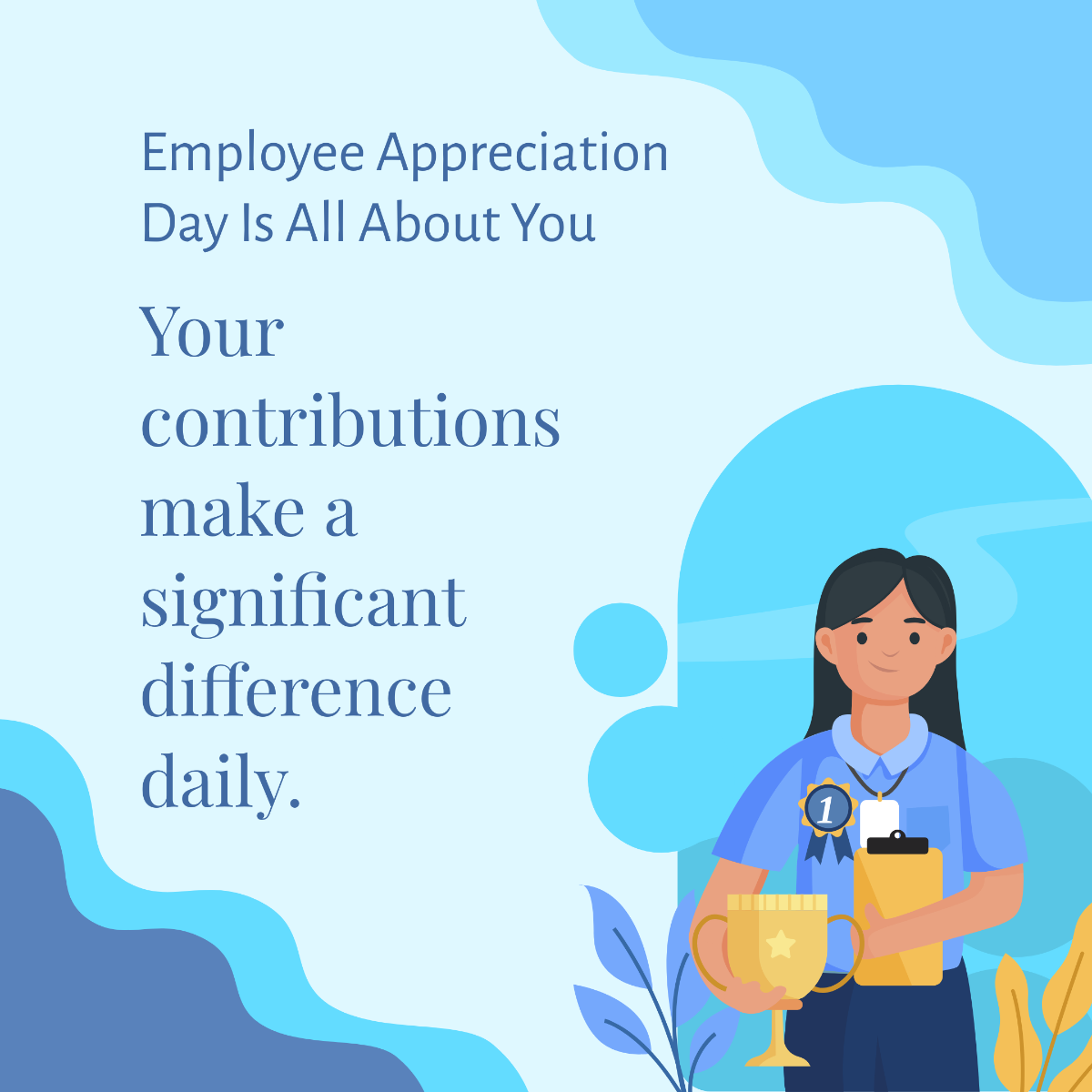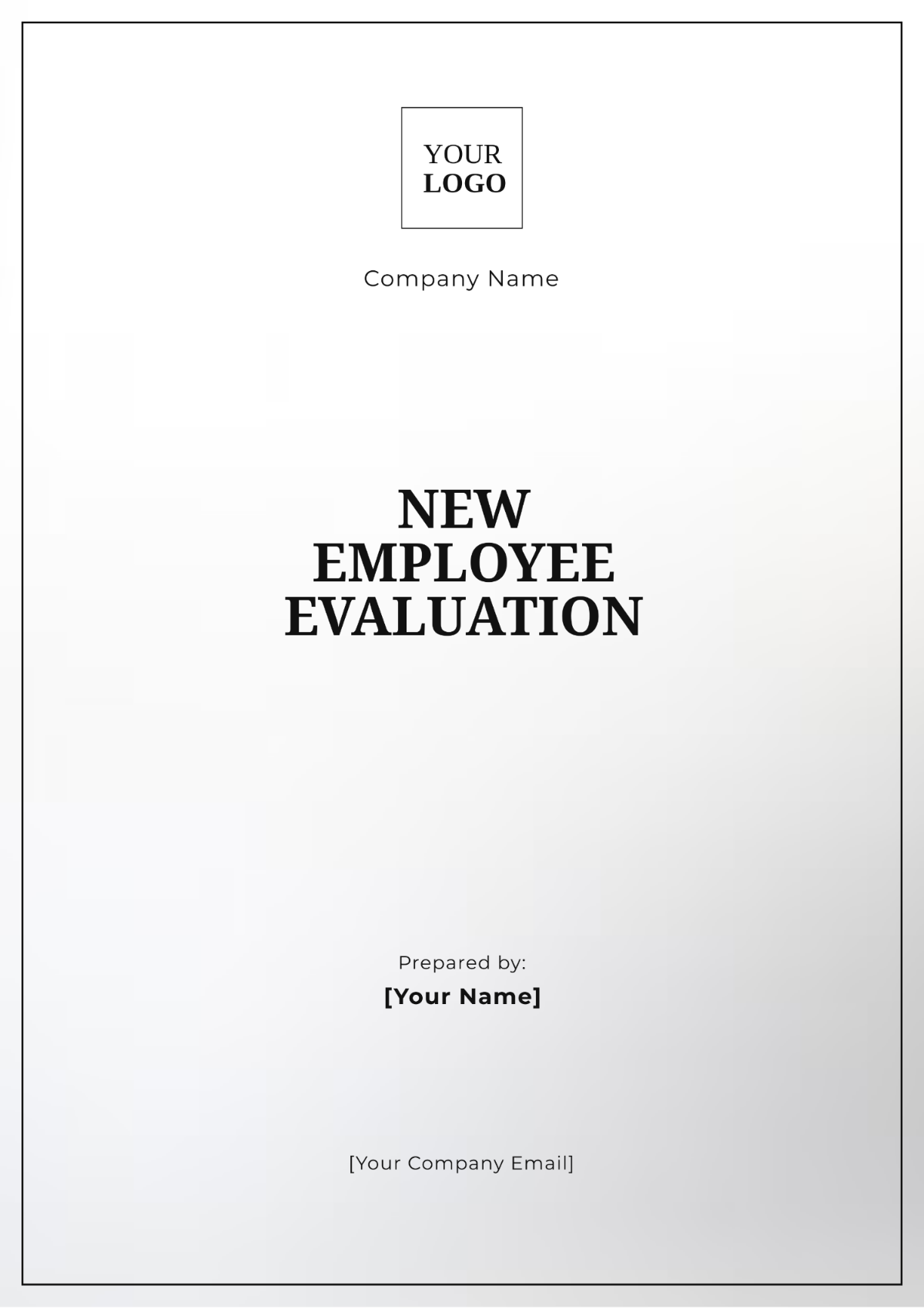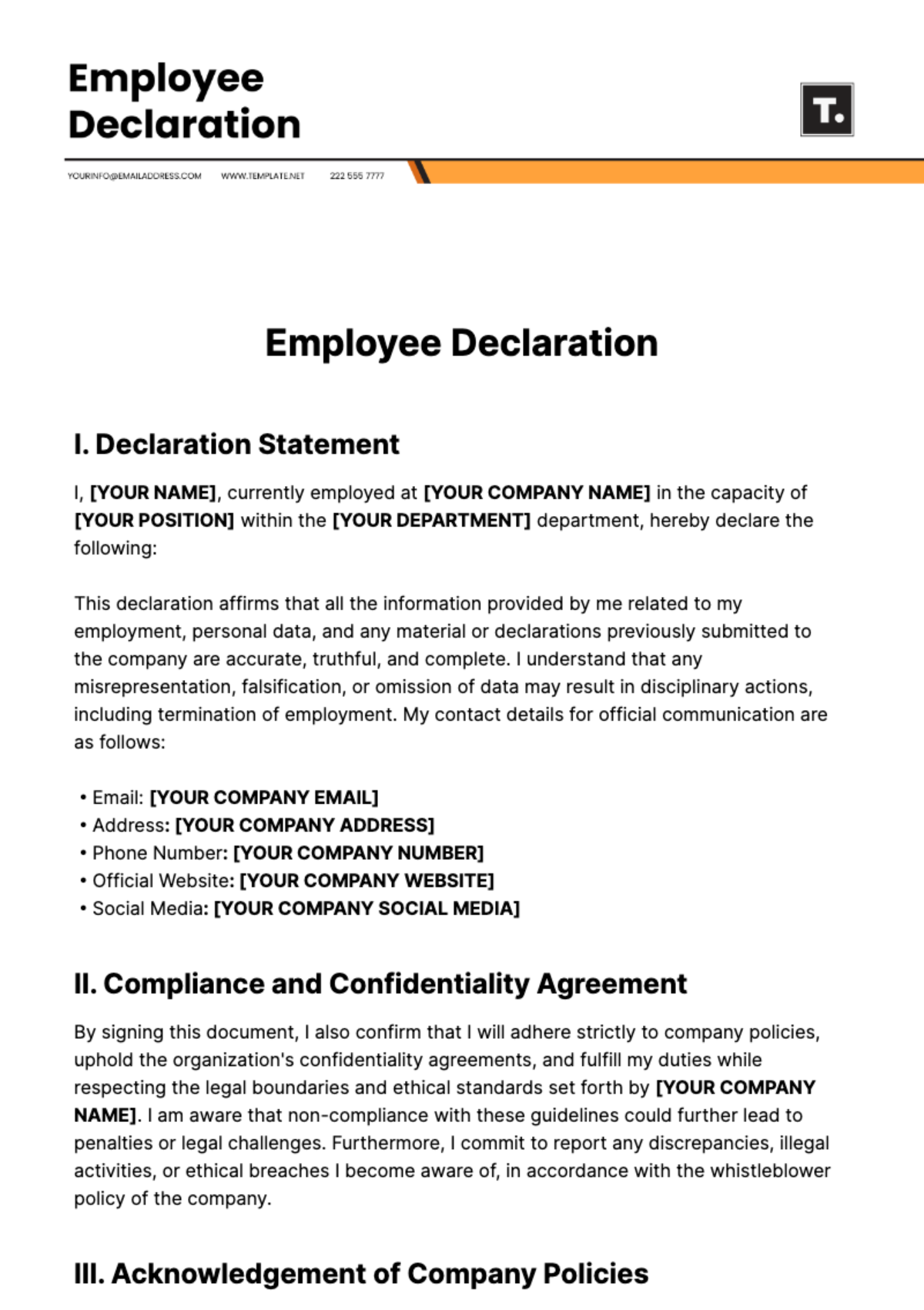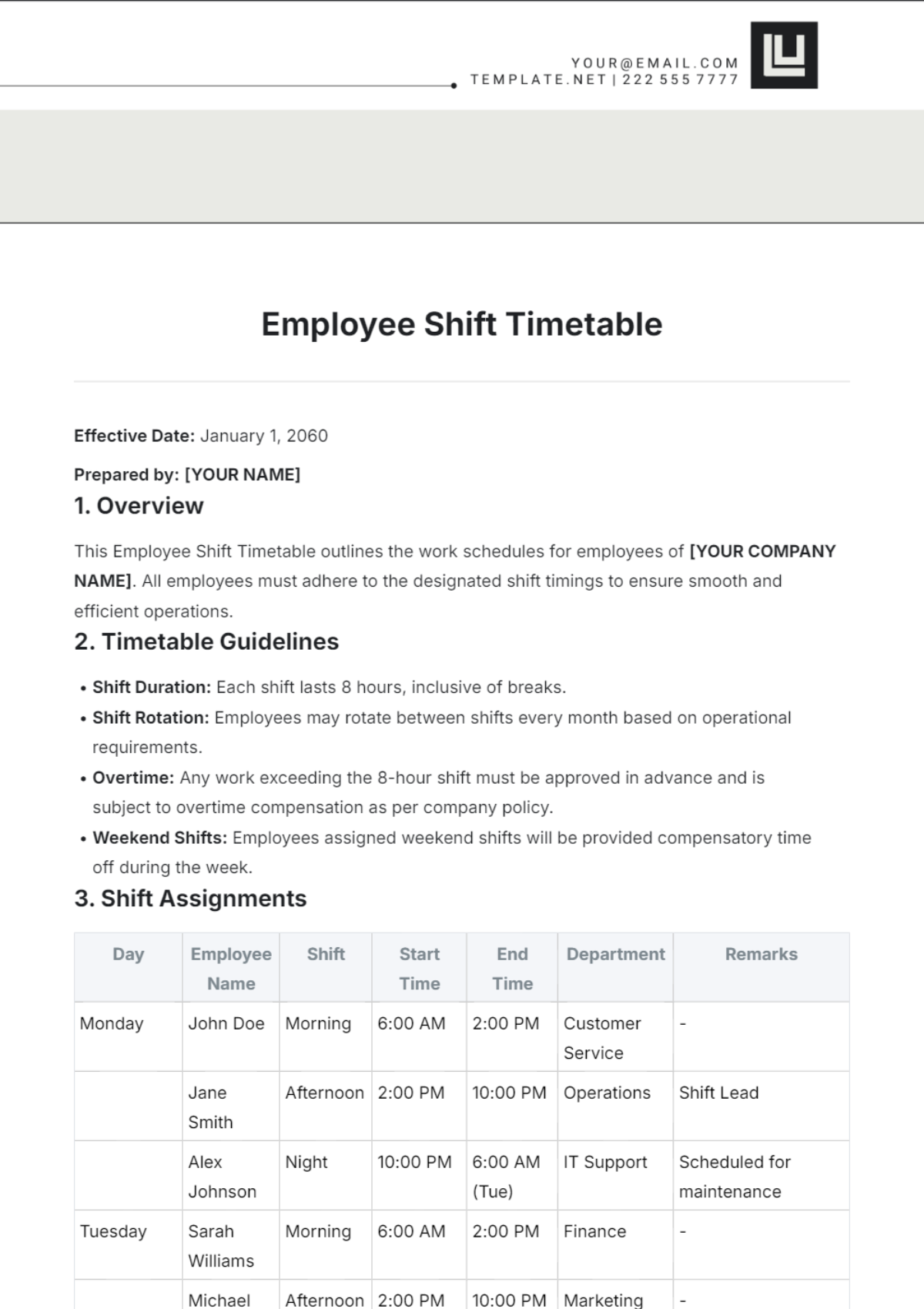Long-term Employee Retention and Recognition Study HR
I. Introduction to the Study
In today's dynamic business landscape, where talent acquisition and management are at the forefront of organizational strategies, the importance of retaining seasoned employees cannot be overstated. In this era of rapid workforce turnover, the value of long-term employee retention and effective recognition programs is monumental. As [Your Company Name] embarks on this Long-term Employee Retention and Recognition Study, we delve into a critical facet of organizational sustainability and success.
Purpose and Objectives
The primary purpose of this comprehensive study is to rigorously evaluate the efficacy of [Your Company Name]'s employee retention and recognition strategies meticulously cultivated over the past five years. Our overarching goal is to gain deeper insights into the evolving dynamics of employee engagement and satisfaction among our long-term staff members.
By probing into the inner workings of our retention and recognition programs, we seek to refine and optimize our approaches. Armed with data-driven understanding, we aim to craft strategies that not only attract top talent but also nurture an environment where employees choose to stay, grow, and excel over the long term.
Importance of Long-term Employee Retention and Recognition
The stakes in long-term employee retention and recognition have never been higher. Organizations worldwide are awakening to the undeniable truth that their most seasoned employees are invaluable assets. According to research by the Society for Human Resource Management (SHRM), the cost of replacing an employee can range from 50% to 60% of their annual salary. Moreover, the intangible loss of institutional knowledge and industry expertise can be immeasurable.
Effective recognition programs, on the other hand, have been proven to have a direct impact on employee morale, motivation, and productivity. A Gallup study found that organizations with robust recognition programs have 31% lower turnover rates. These programs are the bedrock of a high-performance culture, where employees feel valued and appreciated for their contributions.

Scope of the Study
This in-depth study casts a spotlight on a particular cohort within our workforce - those employees who have displayed unwavering dedication by staying with the organization for five or more years. By honing in on this group, we aim to decipher the intricacies of their journey, unravel the factors that have contributed to their enduring commitment, and identify areas where we can further elevate their experience.
Our data collection endeavors will encompass a multi-pronged approach. Surveys, performance records, and interviews will serve as our investigative tools. We are committed to obtaining a holistic perspective and synthesizing quantitative and qualitative data to weave a comprehensive narrative of our long-term employees' experiences.
As we navigate through this study, we invite you to embark on a journey with us - a journey toward a deeper understanding of the forces that drive long-term employee retention and recognition. Through empirical analysis and real-world insights, we aspire to forge a future where both our organization and its employees thrive in tandem.
II. Data Collection and Analysis
In our quest to unravel the intricacies of long-term employee retention and recognition, meticulous data collection and rigorous analysis are paramount. This section unveils the blueprint that will guide our investigative journey, shedding light on the sources, methods, metrics, and timelines that will shape our study's foundation.
Data Sources and Methodology
The foundation of any sound study lies in the quality and diversity of its data sources. To construct a comprehensive understanding of our long-term employees' experiences, we will draw data from multiple streams.
HR Records: | Our organizational archives, brimming with valuable information, will serve as a fundamental source. These records encapsulate the journey of each employee, from their initial day with us to their current role. By examining HR records, we will trace the ebbs and flows of career paths, promotions, and transitions that define our long-term employees' trajectories. |
Employee Surveys: | An indispensable conduit to employee sentiments, surveys will provide us with quantitative data. These surveys will encapsulate key dimensions of retention and recognition, offering a panoramic view of our employees' perspectives. From job satisfaction to their engagement with recognition programs, the surveys will capture the nuances of their experiences. |
Interviews: | Complementing the quantitative insights from surveys, interviews will offer the human narrative. Qualitative data extracted through interviews will provide depth and context to our analysis. Employees' voices, experiences, and anecdotes will enrich our understanding, offering invaluable qualitative nuances that numbers alone cannot convey. |
Our methodology is a blend of the quantitative and the qualitative. Statistical tools will enable us to rigorously analyze quantitative data, while interviews will illuminate the 'whys' and 'hows' behind the numbers.
Key Metrics and Indicators for Retention and Recognition
The compass guiding our study will be a suite of key metrics and indicators. These are not just abstract numbers but tangible yardsticks of our organizational health.
Employee Turnover Rate: | The barometer of employee retention, this metric will unveil the percentage of employees who have chosen to remain steadfast in their journey with us. |
Average Employee Tenure: | A poignant reflection of commitment, this metric reveals the average length of time an employee has chosen to spend within our organization. |
Participation in Recognition Programs: | This metric scrutinizes the level of engagement in our recognition initiatives, helping us gauge their effectiveness. |

Our qualitative exploration will encompass indicators that delve into the core of our employees' experiences, including:
Job Satisfaction: An intangible yet pivotal aspect, this indicator will offer insights into the level of contentment and fulfillment our employees derive from their roles.
Perceived Fairness of Recognition Practices: This indicator will illuminate the perception of fairness in our recognition programs, dissecting whether employees feel that their contributions are equitably acknowledged.
The Correlation Between Recognition and Retention: This nuanced examination will unravel whether there is a direct link between effective recognition and long-term retention.
Data Gathering Process and Timeline
The symphony of data collection will be a meticulously orchestrated process unfolding over a dedicated timeline. A three-month span will be devoted to this crucial phase.
Surveys: Within the first month, surveys will be thoughtfully crafted, vetted, and distributed to eligible employees. This will be an opportunity for our employees to share their insights, feelings, and experiences.
Interviews: Concurrently, interviews will be scheduled with a representative sample of long-term employees. The human touch of these interactions will offer a qualitative perspective to complement the quantitative data.
Data Analysis: Immediately following the data collection phase, the analysis will commence. Quantitative data will undergo rigorous statistical scrutiny, while qualitative insights from interviews will be meticulously reviewed.
This section serves as our pledge of transparency, offering a glimpse into the mechanics of our data collection and analysis processes. As we delve into the heart of the study, we invite you to join us on this path of discovery, where data becomes the compass guiding us to a deeper understanding of long-term employee retention and recognition.
III. Findings and Trends
As we navigate through the seas of data and insights, this section of our study serves as a compass, directing our gaze toward the findings and trends that have emerged from our meticulous analysis. Here, we embark on a journey through the past five years, exploring the nuances of employee retention and the profound impact of recognition programs on the fabric of our organization.
Employee Retention Trends Over the Past Five Years
The rhythm of employee retention is akin to the ebb and flow of tides. Over the past five years, our analysis has unveiled a promising melody - a steady decline in employee turnover rates. This melody, while seemingly subtle, carries a resounding message. It suggests that our organization's ardent efforts in cultivating an environment where long-term employees can thrive have borne fruit. It signifies that we have succeeded in building a harbor where our employees choose to anchor their careers, contributing to a stable and enduring workforce.
This decline in turnover rates serves as a testament to the effectiveness of our retention strategies. It is a quantitative affirmation that our organization is on the right path, steering away from the tempestuous waters of high attrition toward the serene shores of employee loyalty and longevity.
Analysis of Recognition Programs and Their Impact on Retention
Recognition, the heartbeat of our organizational culture, emerges as a guiding star in our study. Through meticulous analysis, we have unearthed a compelling revelation - employees who actively participate in recognition programs stand on the shores of higher job satisfaction and extended tenures.
The profound connection between recognition and retention becomes palpable as we traverse the data landscape. When recognition is intertwined with career development, its potency magnifies. Our employees, like seasoned navigators, understand that recognition is not just a momentary accolade but a compass guiding them toward professional growth and fulfillment. This insight reinforces our conviction in the power of recognition as a cornerstone of our long-term retention strategy.
Identification of High and Low Retention Areas
In our quest for precision and customization, we have dissected our data, shining a spotlight on specific departments and job roles. This segmentation reveals islands of exceptionally high or low retention rates within our organization's vast seascape.
These islands, both those thriving and those facing turbulent tides, present unique opportunities. By identifying high retention areas, we discern what is working exceptionally well, enabling us to replicate these successes across the organization. On the flip side, areas with lower retention rates beckon us to chart new strategies, to fortify these departments and job roles against the currents of attrition.
This data-driven segmentation empowers us to tailor our retention and recognition strategies with precision, acknowledging that each department, and each role, carries its own set of challenges and aspirations.
As we traverse this section of our study, we invite you to immerse yourselves in the currents of our findings and trends. Here, data becomes insight, numbers become narratives, and trends become the guiding stars of our strategic voyage toward a future where long-term employee retention and recognition stand as the pillars of our organizational success.
IV. Recommendations and Action Plan
Having charted the waters of data, trends, and insights, we now arrive at the crucial juncture of recommendations and the action plan. In this section, we bridge the gap between analysis and action, offering a roadmap for enhancing long-term employee retention and recognition within our organization.
Strategies to Improve Long-term Employee Retention
Our recommendations stand as beacons, lighting the way toward improved long-term employee retention. The first glimmer on the horizon is the enhancement of career development opportunities. As we have seen in our analysis, employees thrive when they see their careers progressing within our organization. By nurturing their growth, we reinforce their bond with us. To this end, we propose the implementation of mentoring programs that offer guidance and support to our long-term employees, helping them navigate the intricate currents of their careers.
Flexibility, another star in our strategy constellation, beckons us to explore the horizon. Our recommendation includes the introduction of flexible work arrangements, designed to accommodate the evolving needs and preferences of our long-term employees. These arrangements will offer them a sense of autonomy and work-life balance, further solidifying their commitment to our organization.
Enhancing Recognition Programs for Employee Engagement
Recognition, the cornerstone of our organization's culture, is poised for evolution. Our recommendations in this arena encompass a holistic revamp of our recognition programs. We propose aligning these programs with the unique preferences and aspirations of our employees.
First, we set our sights on a peer-recognition system. In this system, employees become not just recipients but also active contributors to the recognition culture. The peer-recognition system will empower employees to acknowledge and celebrate each other's contributions, fostering a sense of camaraderie and belonging.
Moreover, we propose tying recognition to skill development and promotions. Recognition, when it aligns with professional growth, becomes a potent catalyst for motivation. By recognizing not just achievements but also the journey toward mastery, we incentivize skill development and continuous improvement.
Creating a Comprehensive Action Plan
Recommendations, while insightful, bear fruit only when transformed into action. To this end, we pledge to create a comprehensive action plan that will serve as our guiding compass in the implementation of these strategies. This plan will be detailed, with clear timelines, delineated responsibilities, and budget allocations.
We acknowledge that successful navigation through these turbulent waters demands vigilance and adaptability. Therefore, our action plan will be designed for ongoing reviews and adjustments. We will remain attuned to the changing currents of our organizational landscape, ensuring that our strategies remain relevant and effective.
As we conclude this section, we extend an invitation to you - our fellow voyagers in this odyssey. Together, we shall transform recommendations into reality, and action into outcomes. The future of our organization, marked by steadfast long-term employee retention and a vibrant culture of recognition, beckons us forward.
V. Conclusion and Implementation
In this concluding section, we anchor our insights and recommendations in the realm of practicality and implementation. As [Your Company Name] set it's course for the future, we reflect on the path we have traversed, the insights we have gleaned, and the promises we make for the journey ahead.
Summary of Key Findings
Our study, akin to a compass, has pointed us toward the incontrovertible significance of long-term employee retention and recognition. These elements are not mere facets of our organization's landscape; they are the bedrock upon which our success is built.
Our analysis reaffirms the profound connection between recognition programs and employee retention. It is not a mere coincidence but a statistical truth that when recognition flourishes, retention prospers. The study, like a lighthouse, beckons us to illuminate our path with the beacon of recognition.
Next Steps for Implementing Retention and Recognition Improvements
As we cast our eyes toward the horizon, we see a future ripe with possibilities. We are not content with just knowing the way; we are determined to tread it. Thus, we commit to implementing the strategies recommended in this study with unwavering resolve.
[Your Company Name]'s Human Resources, as the captain of this ship, shall lead the charge. We will work in tandem with department heads, fostering collaboration and synergy, to execute the action plan effectively and efficiently. It is not enough to chart the course; we must sail it, adjusting our sails to the winds of change and progress.
Long-term Goals for Employee Retention and Recognition
With our feet anchored in the present, we cast our gaze toward the distant shores of the future. Our long-term goal is to create a workplace culture where long-term employees are cherished treasures, their contributions celebrated and their potential continually unlocked.
We aspire to be an organization where retention is not just a statistic but a testament to the enduring relationships we forge with our employees. Recognition shall be the heartbeat of our culture, pulsating through the veins of our organization, invigorating and inspiring all who sail with us.
In conclusion, as we lower the anchor of this study, we do so with a sense of purpose and determination. The journey toward enhanced long-term employee retention and recognition is not just an academic exercise; it is our collective commitment to a brighter and more prosperous future. Together, we shall navigate these waters, propelled by the winds of change, toward the shores of organizational excellence.







